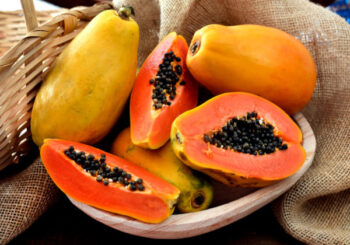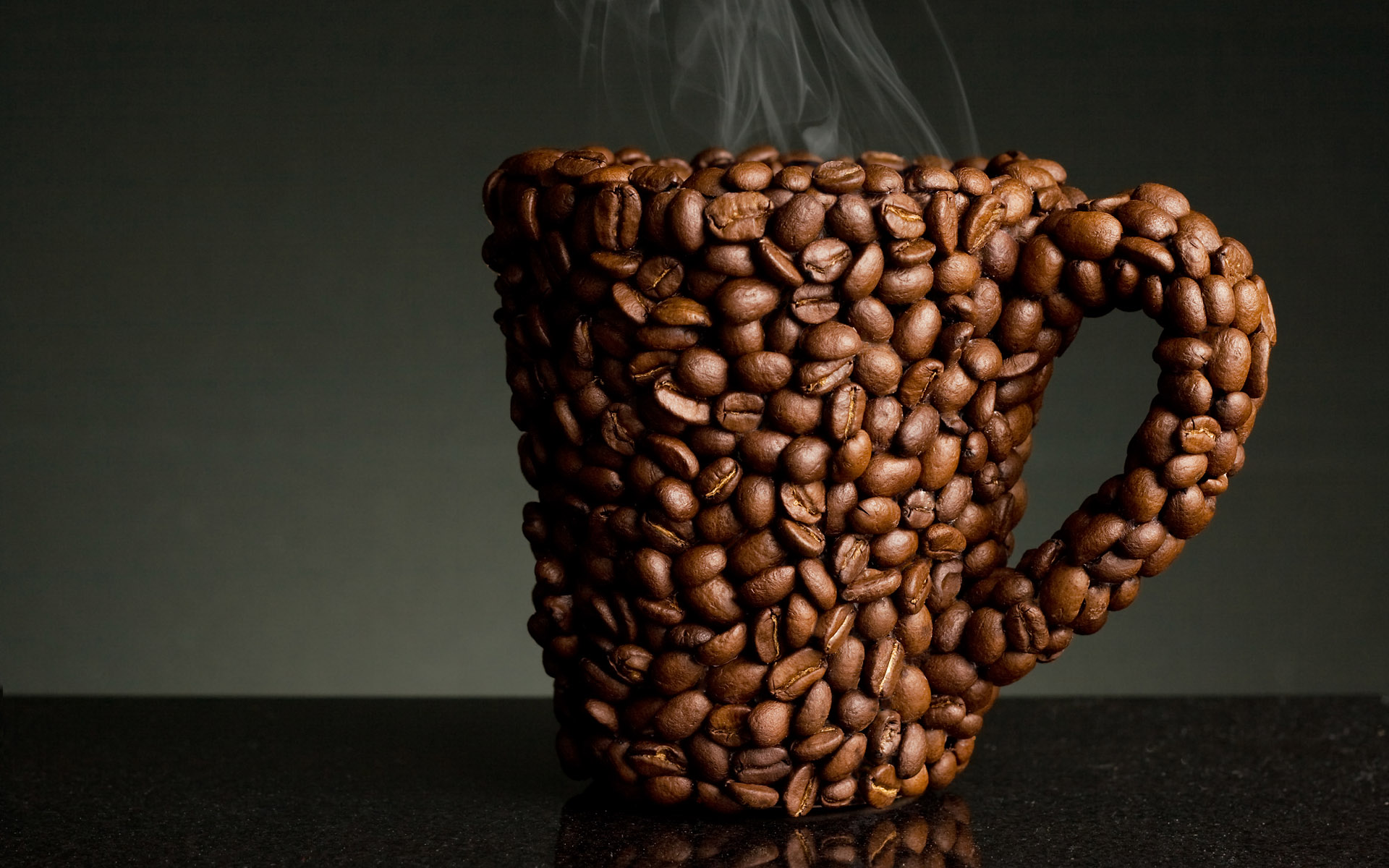By Sayer Ji
Contributing writer for Wake Up World
Papaya is a standout tropical fruit for abundant reasons. Since time immemorial, the whole plant — from the leaves and seeds to the ripe and unripe fruits — has been used as a traditional medicine. Today its multifaceted healing properties make the sweet, juicy papaya a nutraceutical fruit made for better health.[i]
[pro_ad_display_adzone id=”110028″]
A single small piece of papaya, weighing 152 grams (g), contains 15 g of carbohydrates, 3 g of fiber and 1 g of protein.[ii] It offers 157% of the recommended daily intake of vitamin C, 33% of the RDI of vitamin A and trace amounts of magnesium, calcium and vitamins such as B1, B3, B5, E and K.
From its diuretic and anti-hypertensive to wound healing and anti-tumor benefits, the papaya fruit offers not just delicious taste but also all-around wellness support.[iii] Here are some of its therapeutic benefits.
Wound Healing
A 2000 study examined the prevalence of the use of papaya as a topical ulcer dressing by nurses in Jamaica.[iv] Among the respondents, 75% reported using topical papaya, thought to promote desloughing, granulation and healing in chronic skin ulcers.
“It was cost effective. Papaya was considered to be more effective than other topical applications in the treatment of chronic ulcers,” the researchers wrote, although cited some difficulty in preparing the fruit and the occasional burning sensation reported by the patients.
In animal models, papaya extract caused a significant effect on the healing process of an incised oral wound.[v] On the 14th day, papaya extract with 75% concentration demonstrated “perfect epithelial layer and fibrillation,” according to a 2019 study. A separate study showed that Carica papaya promoted significant wound healing in diabetic rats, with the fruit extract exhibiting antimicrobial activity against five organisms tested.[vi]
Dried papaya latex as 1.0% and 2.5% hydrogels was also deemed effective in treating burns and thus supported the traditional use of the fruit for this benefit, based on the findings of 2005 research.[vii]
Improved Digestion
The enzyme called papain in papaya is believed to make protein easier to digest.[viii] In the tropics, papaya is deemed an effective remedy against constipation and the symptoms of irritable bowel syndrome (IBS).
In a study, subjects who took a papaya-based formula for 40 days experienced notable improvement in constipation as well as bloating.[ix] Even the seeds, roots and leaves have been shown to help treat ulcers in both humans and animals.[x]
Anticancer Action
The lycopene in papaya has been hailed for its potential to reduce cancer risk.[xi] The papaya leaf is also deemed a likely source of anticancer compounds.[xii]
Papaya has received attention particularly for its effects against breast cancer. A 2009 study found that among 14 fruits and vegetables famed for their antioxidant activities, only papaya had a significantly favorable effect when measured against the breast cancer cell line MCF-7.[xiii]
[pro_ad_display_adzone id=”110030″]
“Besides, papaya represents a very interesting fruit to explore its antineoplastic activities,” wrote the researchers, who also studied plants like avocado, guava, mango, pineapple, grapes and tomato.
Among Chinese women, consumption of fruits and vegetables such as papaya was inversely related with breast cancer risk.[xiv]
Skin Wellness
The vitamin C and lycopene in papaya are considered protective of skin and may help reduce the signs of aging.[xv] These skin issues include wrinkles, skin sagging and other forms of skin damage, all associated with excess free radical activity.[xvi]
Antifungal Properties
A 1997 study explored the potential therapeutic use of papaya latex sap combined with a synthetic antifungal and found that the formula worked synergistically to inhibit the growth of Candida albicans.[xvii]
In a separate study, papaya latex also inhibited the growth of candida when added to a culture in its exponential growth phase.[xviii] According to the team, “This fungistatic effect is the result of cell wall degradation due to a lack of polysaccharidic constituents in the outermost layers of the fungal cell wall and release of cell debris into the culture medium.”
Should You Eat Papaya Raw?
For all its scientifically documented health benefits, papaya has a unique taste and flavor that’s widely celebrated.
Ripeness, however, is a factor to consider if you’re planning to eat it raw. If ripe, papaya can be eaten raw. Otherwise, it should be cooked before consumption especially if you’re pregnant, as the unripe version is high in latex, which can stimulate contractions.[xix]
Whatever way you choose to enjoy papaya, the health perks from its strong nutrient and antioxidant offerings are here to stay.
References:
[i] Parle M et al “Basketful benefits of papaya” Int Res J Pharm. 2011 July;2(7):6-12.
[ii] Nutrition Data https://nutritiondata.self.com/facts/fruits-and-fruit-juices/1985/2
[iii] Parle M et al “Basketful benefits of papaya” Int Res J Pharm. July 2011;2(7):6-12.
[iv] Hewitt H et al “Topical use of papaya in chronic skin ulcer therapy in Jamaica” West Indian Med J. 2000 Mar;49(1):32-3.
[v] Hakim R et al “Effect of Extract toward Incised Wound Healing Process in Mice () Clinically and Histologically” Evid Based Complement Alternat Med. 2019 ;2019:8306519. Epub 2019 Nov 19.
[vi] Nayak S et al “Wound healing activity of Carica papaya L. in experimentally induced diabetic rats” Indian J Exp Biol. 2007 Aug;45(8):739-43.
[vii] Gurung S et al “Wound healing properties of Carica papaya latex: in vivo evaluation in mice burn model” Acta Pharm. 2005 Dec;55(4):417-22.
[viii] Science Direct, Papain https://www.sciencedirect.com/topics/agricultural-and-biological-sciences/papain
[ix] Muss C et al “Papaya preparation (Caricol®) in digestive disorders” Neuro Endocrinol Lett. 2013;34(1):38-46.
[x] Pinto L et al “Antiulcerogenic activity of Carica papaya seed in rats” Naunyn Schmiedebergs Arch Pharmacol. 2015 Mar;388(3):305-17. doi: 10.1007/s00210-014-1069-y. Epub 2014 Nov 25.
[xi] Gajowik A et al “Lycopene – antioxidant with radioprotective and anticancer properties. A review” Rocz Panstw Zakl Hig. 2014;65(4):263-71.
[xii] Nguyen T et al “Chemical Characterization and in Vitro Cytotoxicity on Squamous Cell Carcinoma Cells of Carica Papaya Leaf Extracts” Toxins (Basel). 2015 ;8(1). Epub 2015 Dec 24.
[xiii] Garcia-Solis P et al “Screening of antiproliferative effect of aqueous extracts of plant foods consumed in Mexico on the breast cancer cell line MCF-7” Int J Food Sci Nutr. 2009 May 26:1-15.
[xiv] Zhang C et al “Greater vegetable and fruit intake is associated with a lower risk of breast cancer among Chinese women” Int J Cancer. 2009 Jul 1;125(1):181-8.
[xv] Schagen S et al “Discovering the link between nutrition and skin aging” Dermatoendocrinol. 2012 Jul 1;4(3):298-307.
[xvi] Kammeyer A et al “Oxidation events and skin aging” Ageing Res Rev. 2015 May;21:16-29.
[xvii] Giordani R et al “A synergistic effect of Carica papaya latex sap and fluconazole on Candida albicans growth” Mycoses. 1997 Dec;40(11-12):429-37.
[xviii] Giordani R et al “Fungicidal activity of latex sap from Carica papaya and antifungal effect of D(+)-glucosamine on Candida albicans growth” Appl Psychophysiol Biofeedback. 2005 Dec;30(4):375-87.
[xix] Adebiyi A et al “Papaya (Carica papaya) consumption is unsafe in pregnancy: fact or fable? Scientific evaluation of a common belief in some parts of Asia using a rat model” Br J Nutr. 2002 Aug;88(2):199-203.
About the author:
Sayer Ji is the founder of Greenmedinfo.com, a reviewer at the International Journal of Human Nutrition and Functional Medicine, Co-founder and CEO of Systome Biomed, Vice Chairman of the Board of the National Health Federation, and Steering Committee Member of the Global Non-GMO Foundation.
© 2020 GreenMedInfo LLC. This work is reproduced and distributed with the permission of GreenMedInfo LLC. Want to learn more from GreenMedInfo? Sign up for their newsletter here.
[pro_ad_display_adzone id=”110027″]








